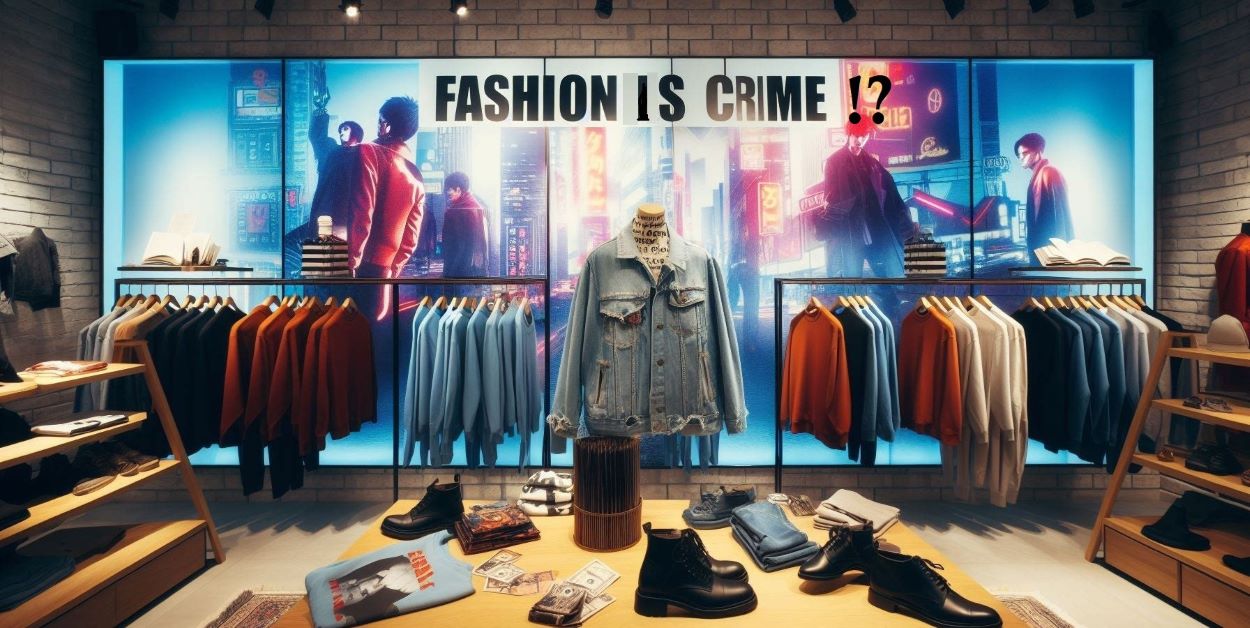
Let’s Take Responsibility
Over the last
few months, several reports have attempted to question the work being done
towards creating a more sustainable textile value and supply chain. Every
sustainability worker understands the enormity and the Herculean challenges of
this task. The choice is always between profit (with status quo) versus
sustainability (with some changes and investments). And profitability wins
almost every time, also thanks to the consumer who is still largely unaware of
the dark side of fashion, or is immune to it because of the heavy investments
that brands put into greenwashing. Recycling is becoming a big industry in
India. Of course, it’s not a perfect product, technology and solutions are
still in the making. However, recent reports have equated the downfall of one
European textile recycling company to the end of textile recycling. Is this
shortsightedness, or a campaign against a more sustainable industry?
Every retailer
insists on a traceable supply chain. And yet we come across documented and
undocumented instances of breach of traceability. The supply chain players talk
about using the best and latest analytics tools, AI, etc, etc, to be right in
time for the market, with the perfect product so that there are no unsold
inventories. Yet we have Chile’s Atacama Desert. India, a bustling apparel
retail market, is on sale for 9 months out of 12 each year. Clearly, analytics is
missing. And that’s why we produce more and more clothes that no one wants to
buy.
The
responsibility of a clean supply chain lies more with the retailers and buyers
who need to consolidate their offerings, while setting targets for sustainable
textile usage in their collections, which need to be truly traceable. The
responsibility also lies with the technology and solution providers to ensure
that clothes can be sustainably and economically recycled so that the clothes
currently on this planet can last for the next six generations.
The
responsibility lies with trend forecasters too who must revisit the need to
change colours and styles every few months. Forecast if you must, but the push
has to be towards sustainable, bio-based materials, processes chemicals, dyes,
finishes, towards materials and inputs that have the lowest carbon impact on
the environment and the people. Make it fine to be repeat costumes, carry
forward the fashion trends from one season to the next. Is fashion so
unimaginably ugly that it needs to change every few months?
Over the last few months, several reports have attempted to question the work being done towards creating a more sustainable textile value and supply chain. Every sustainability worker understands the enormity and the Herculean challenges of this task. The choice is always between profit (with status quo) versus sustainability (with some changes and investments). And profitability wins almost every time, also thanks to the consumer who is still largely unaware of the dark side of fashion, or is immune to it because of the heavy investments that brands put into greenwashing.
If you wish to Subscribe to Textile Excellence Print Edition, kindly fill in the below form and we shall get back to you with details.








